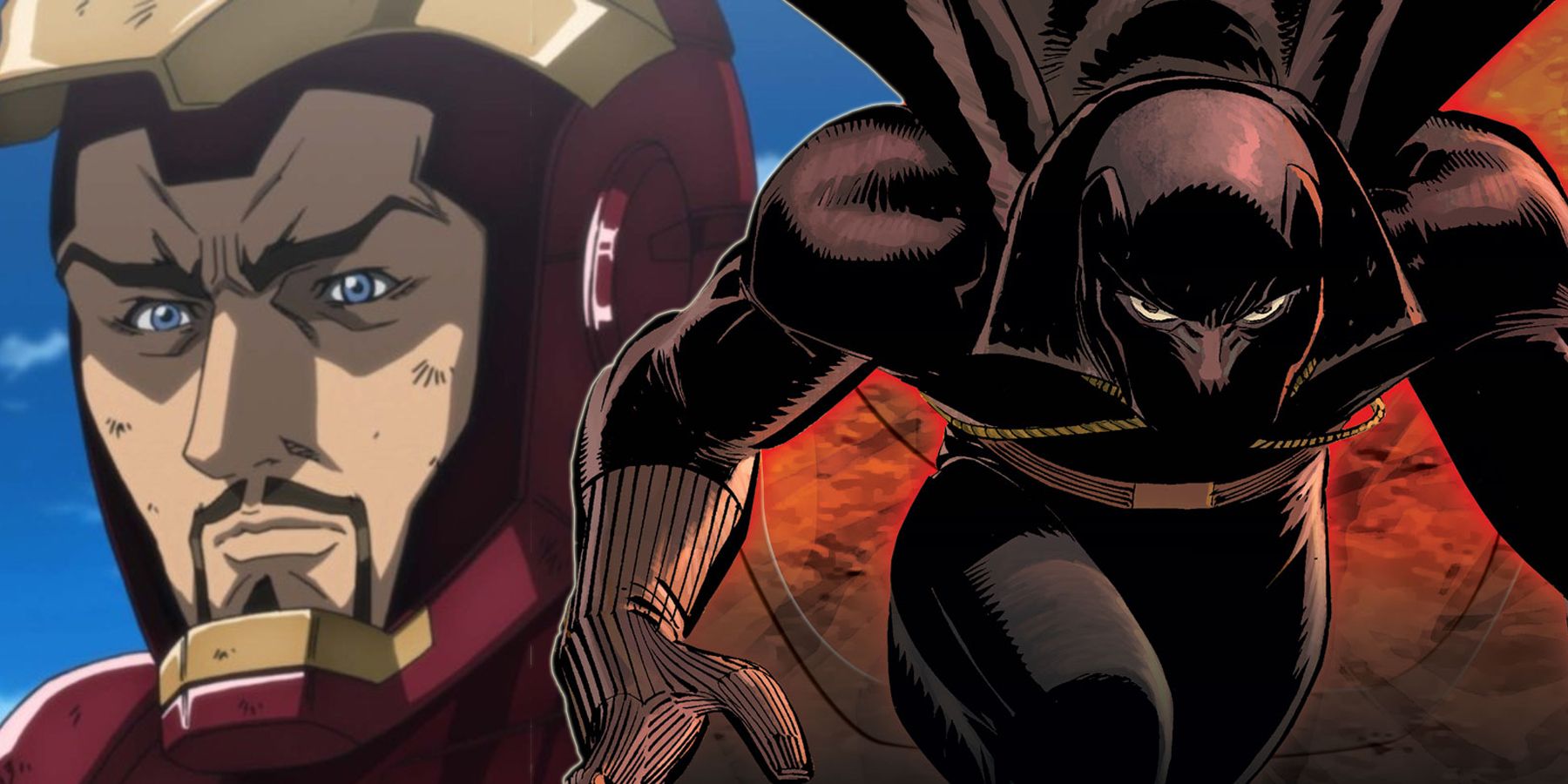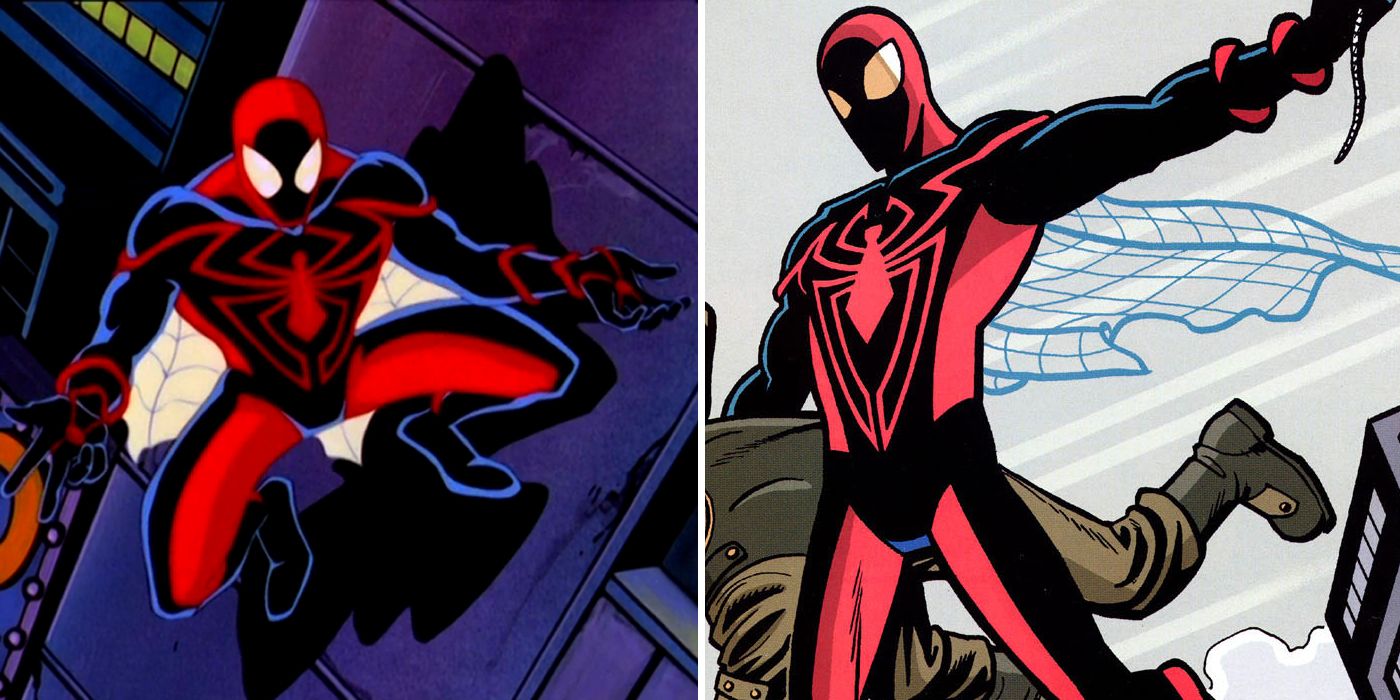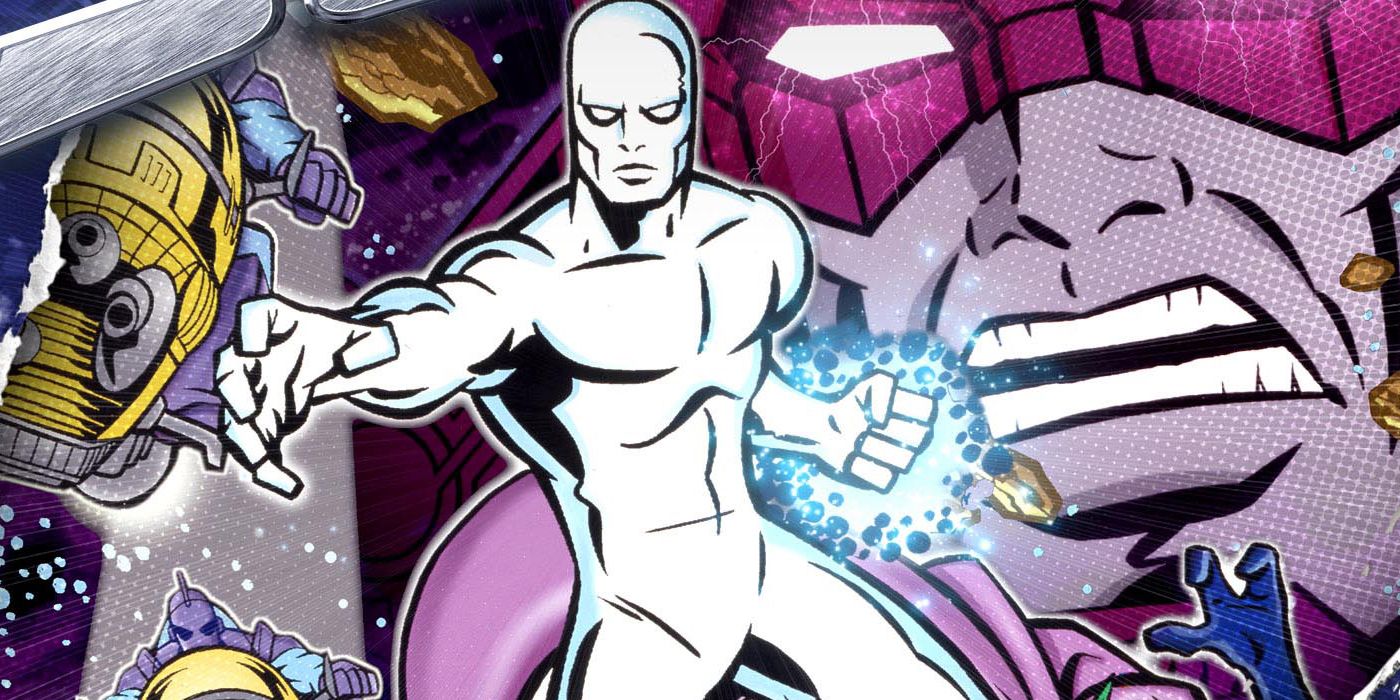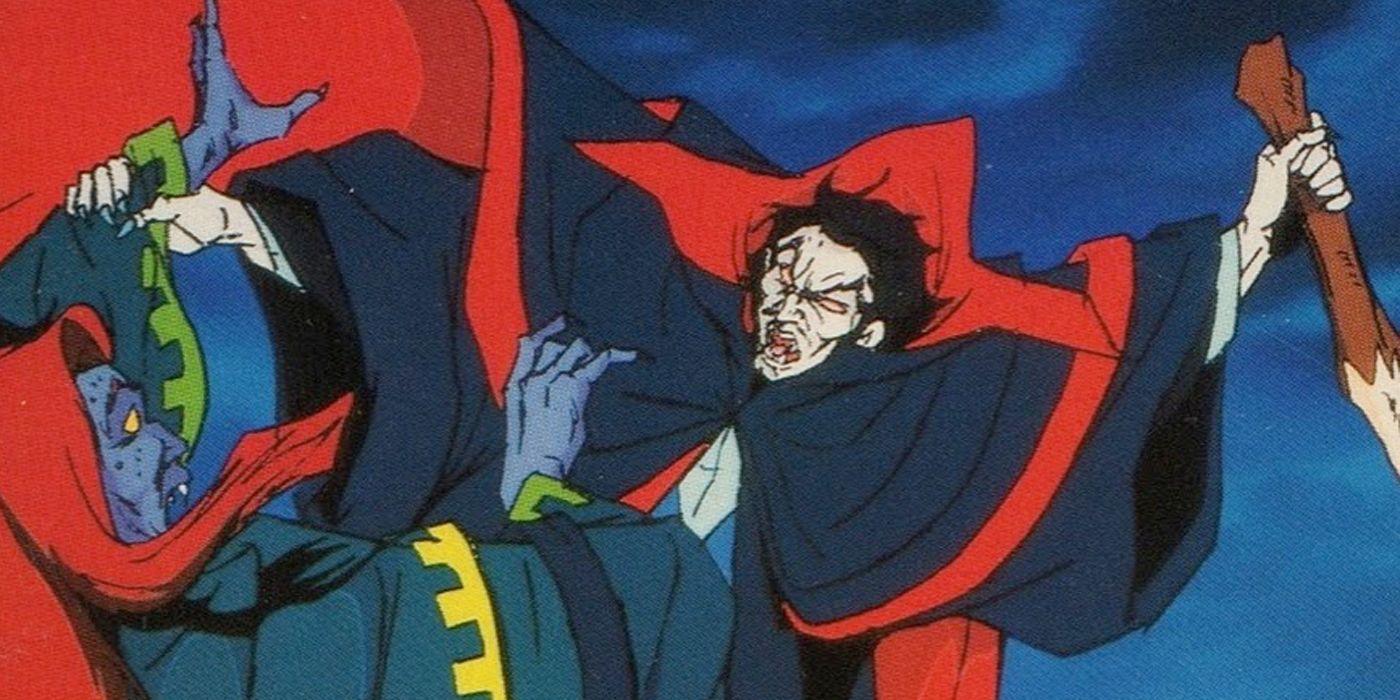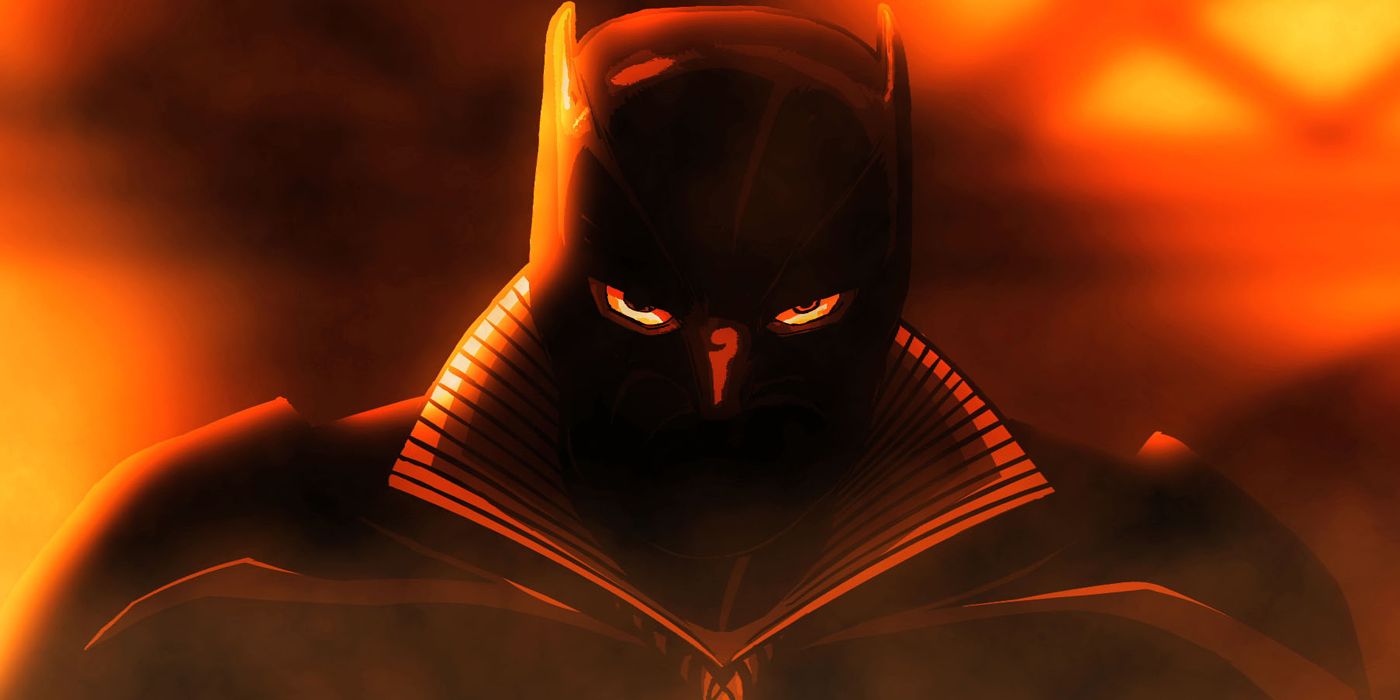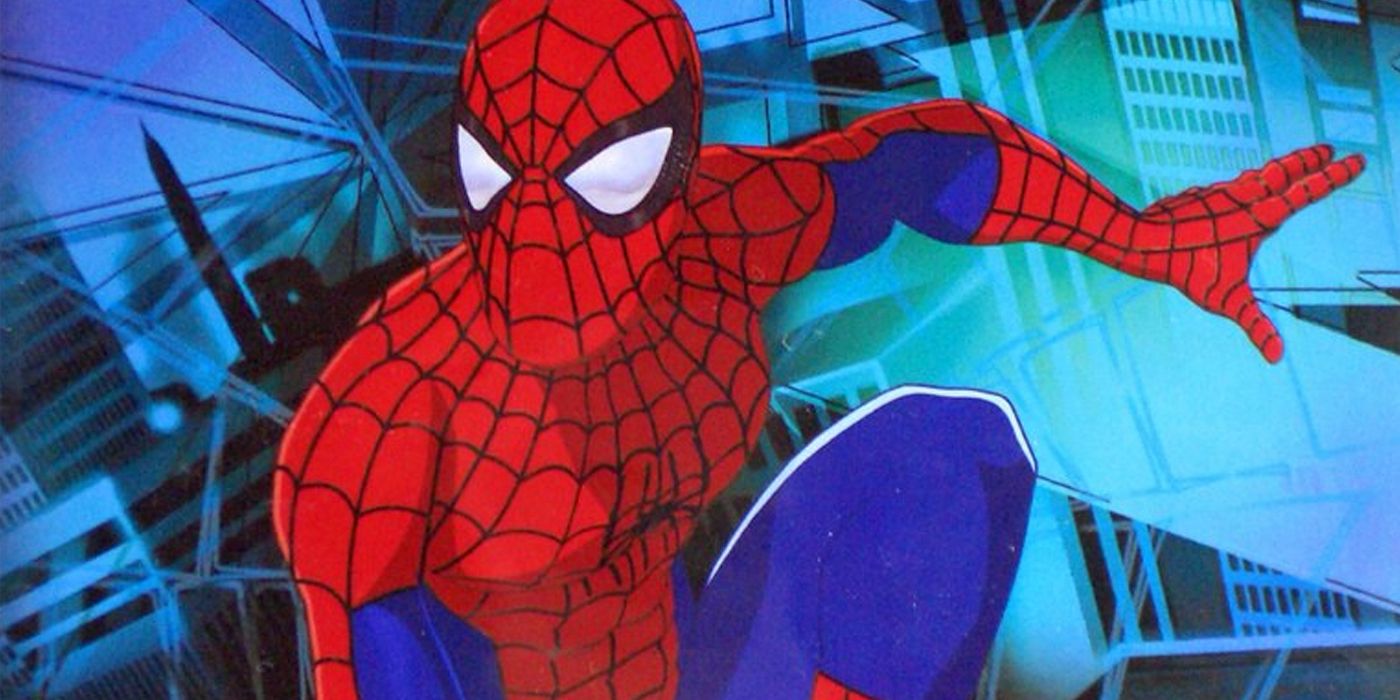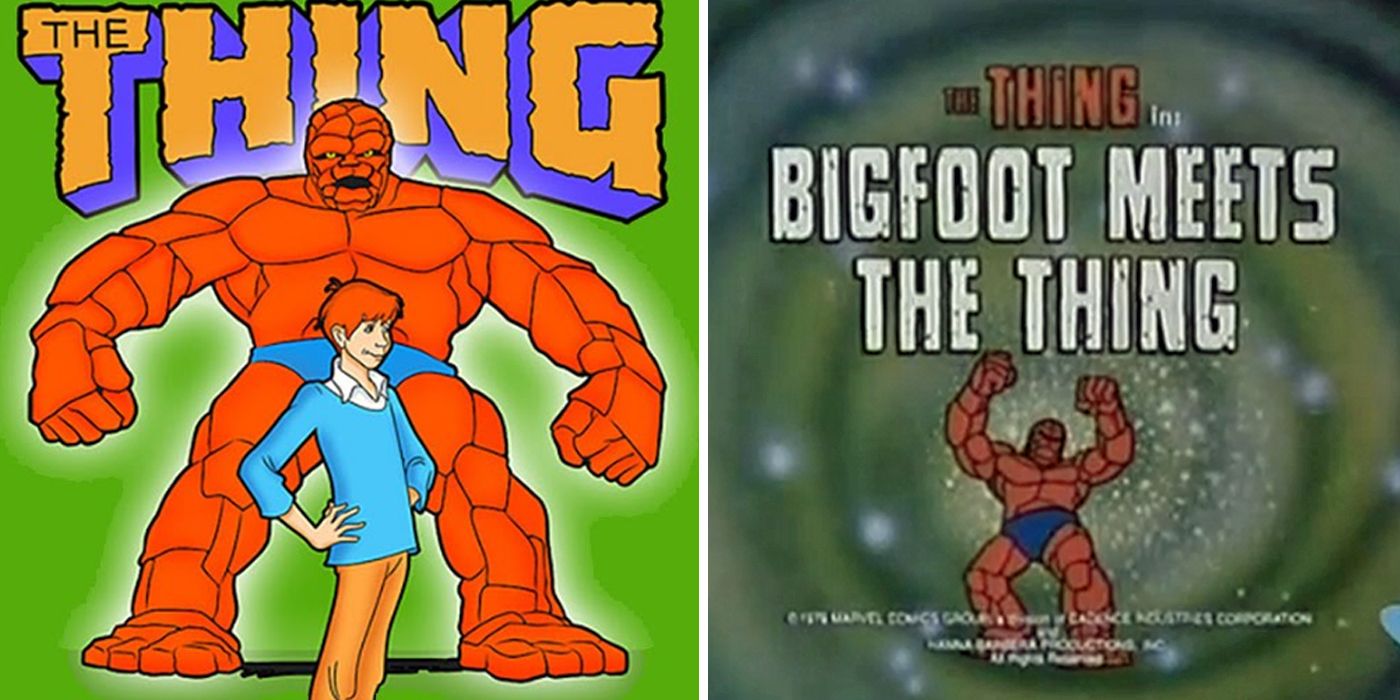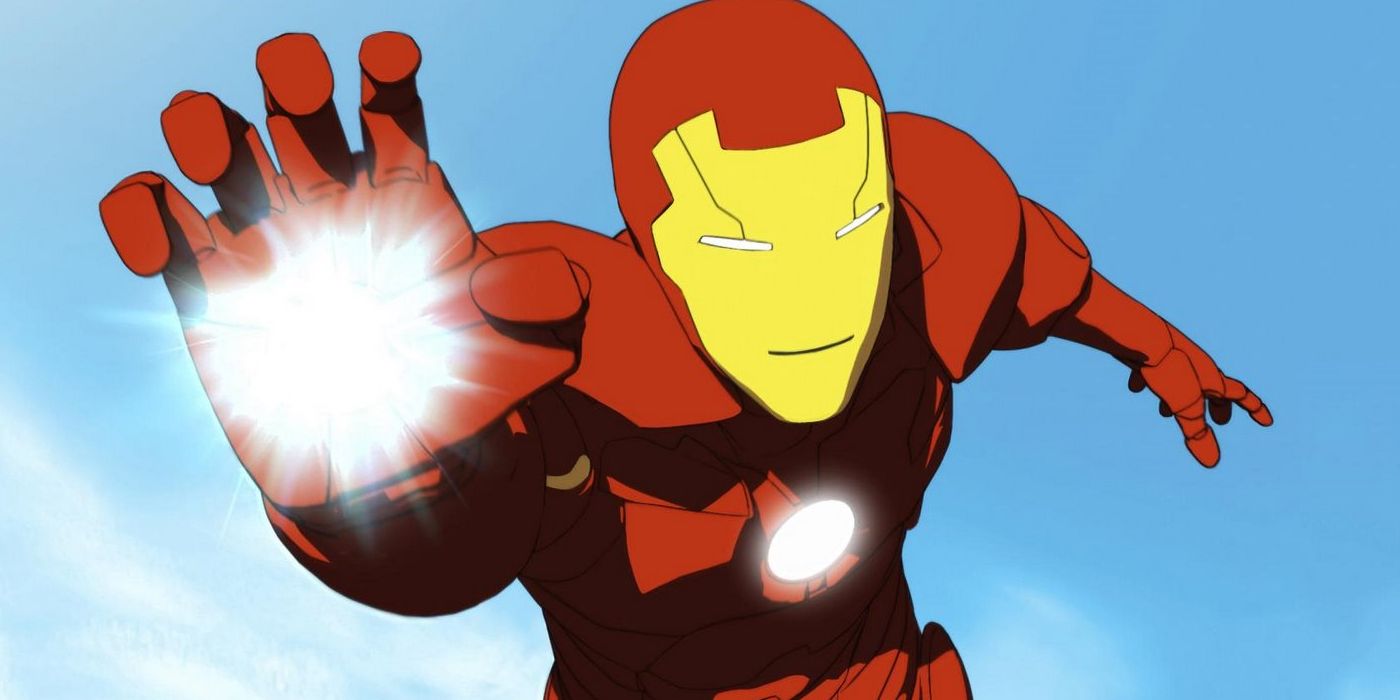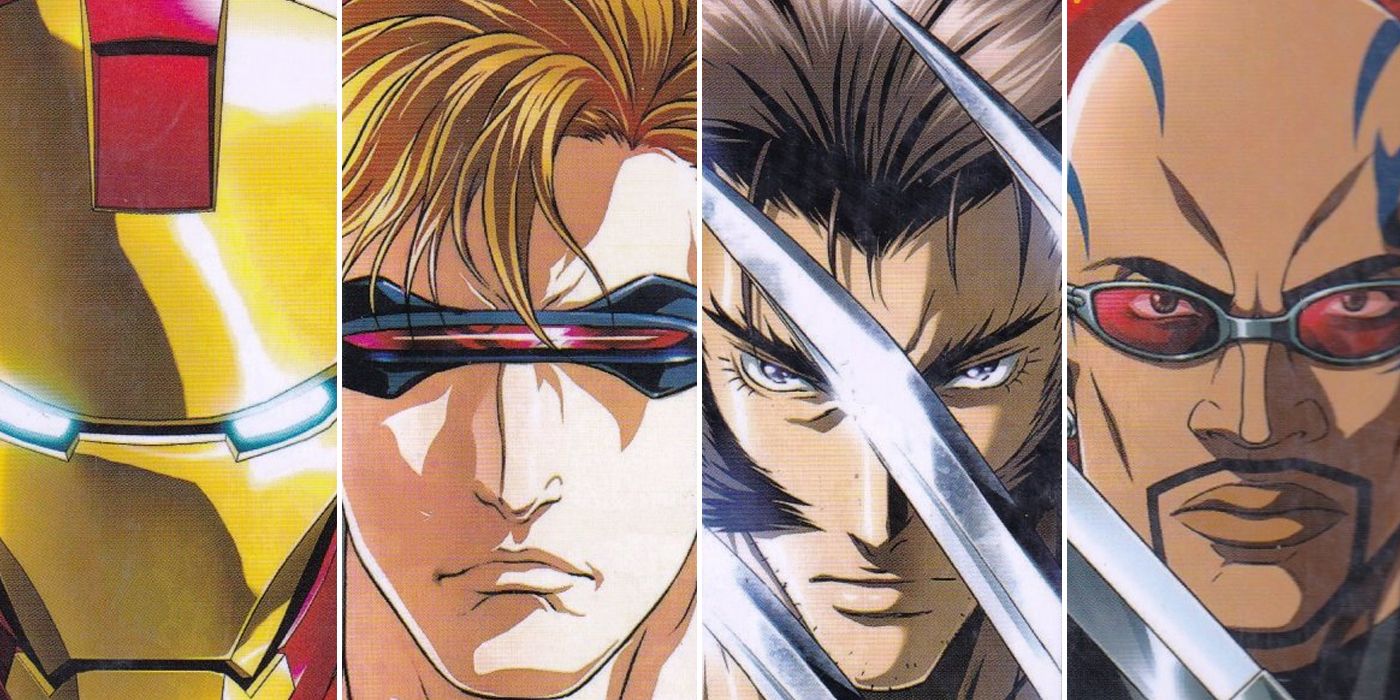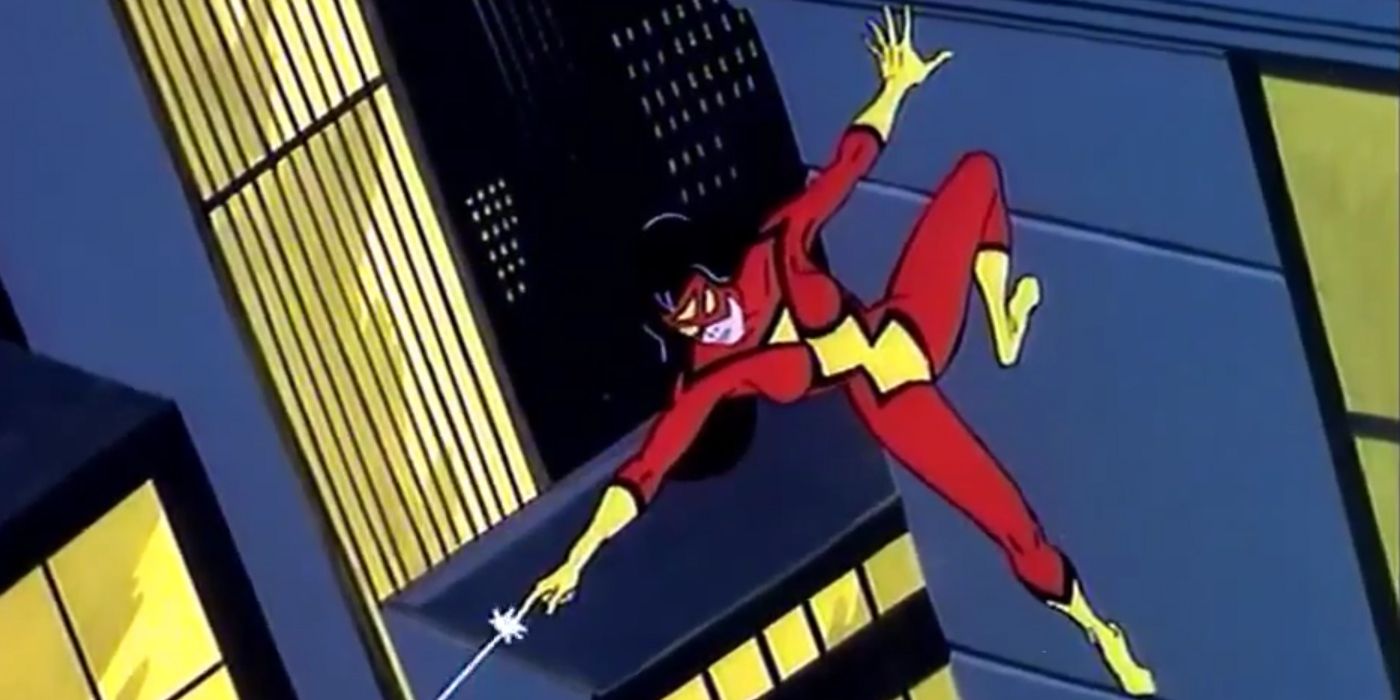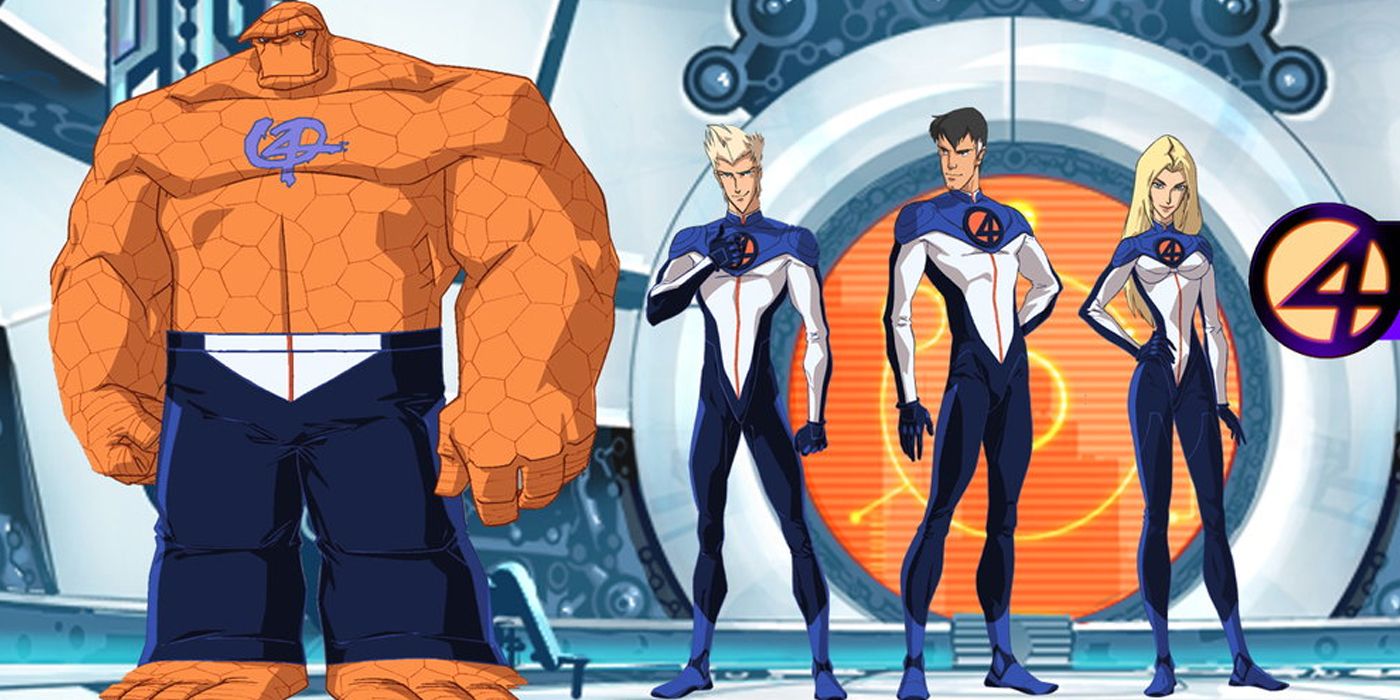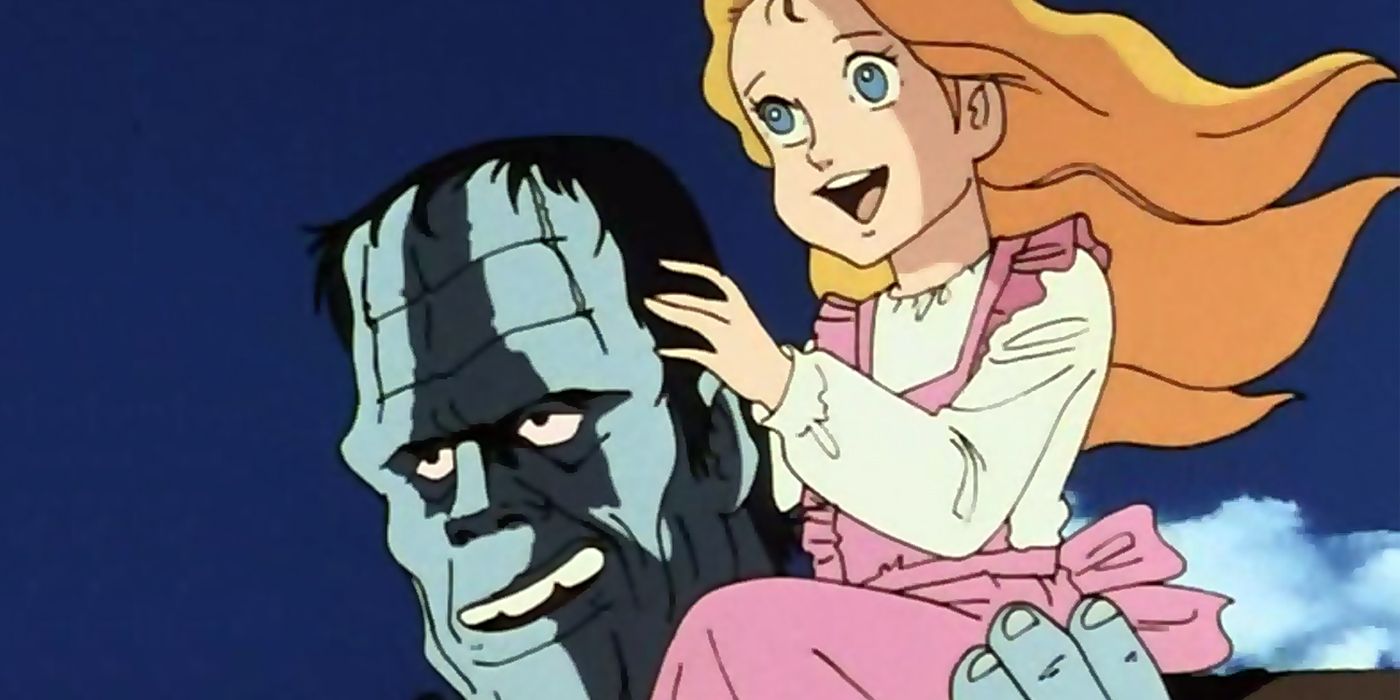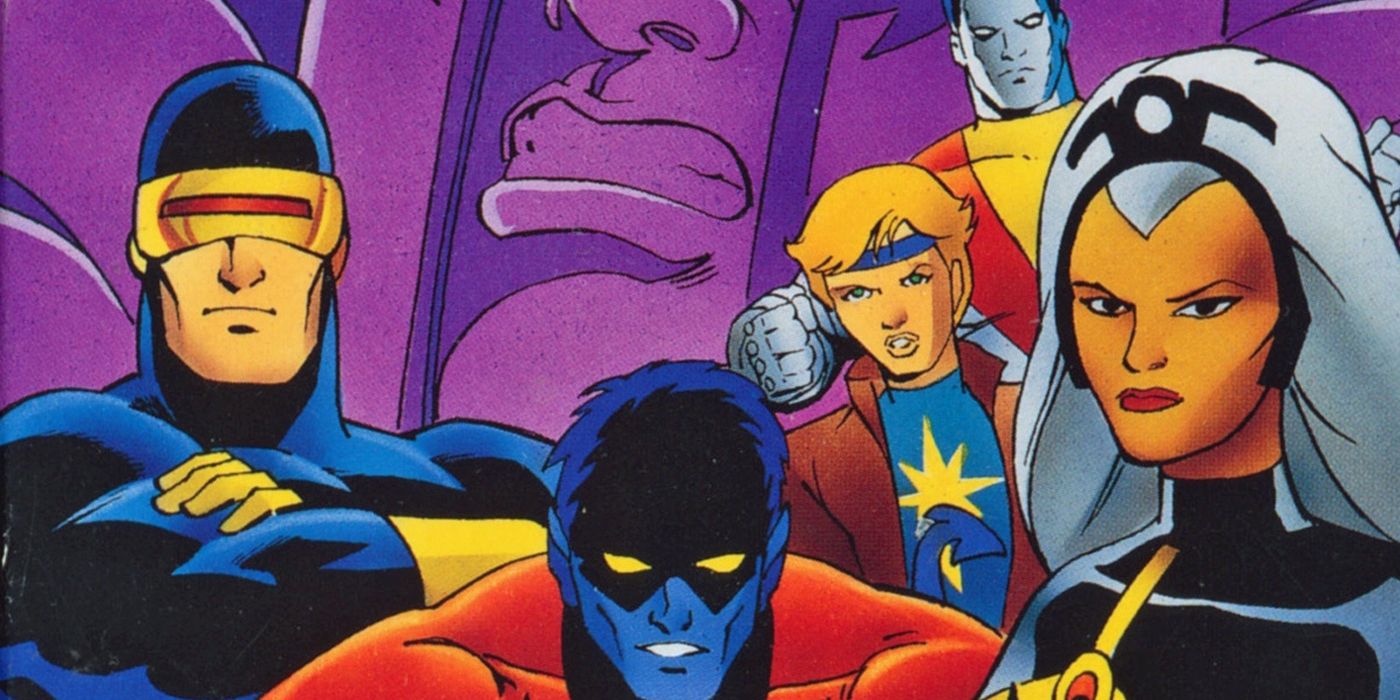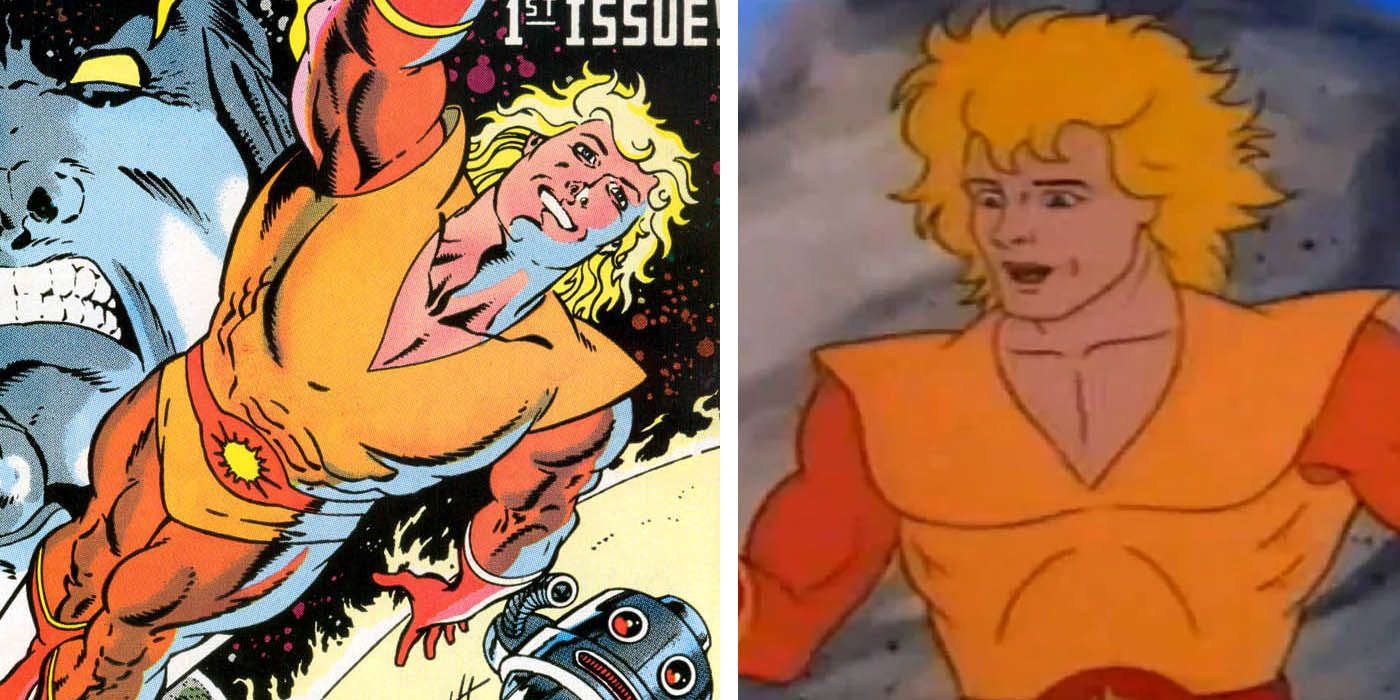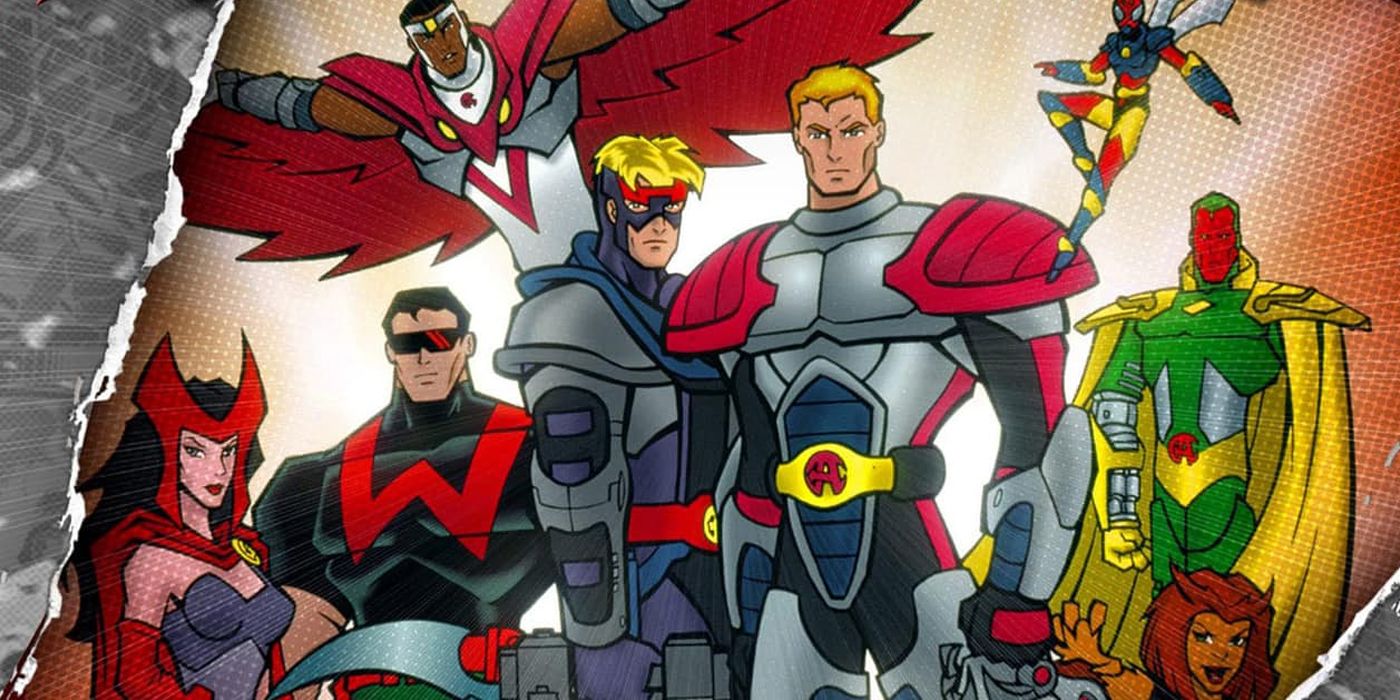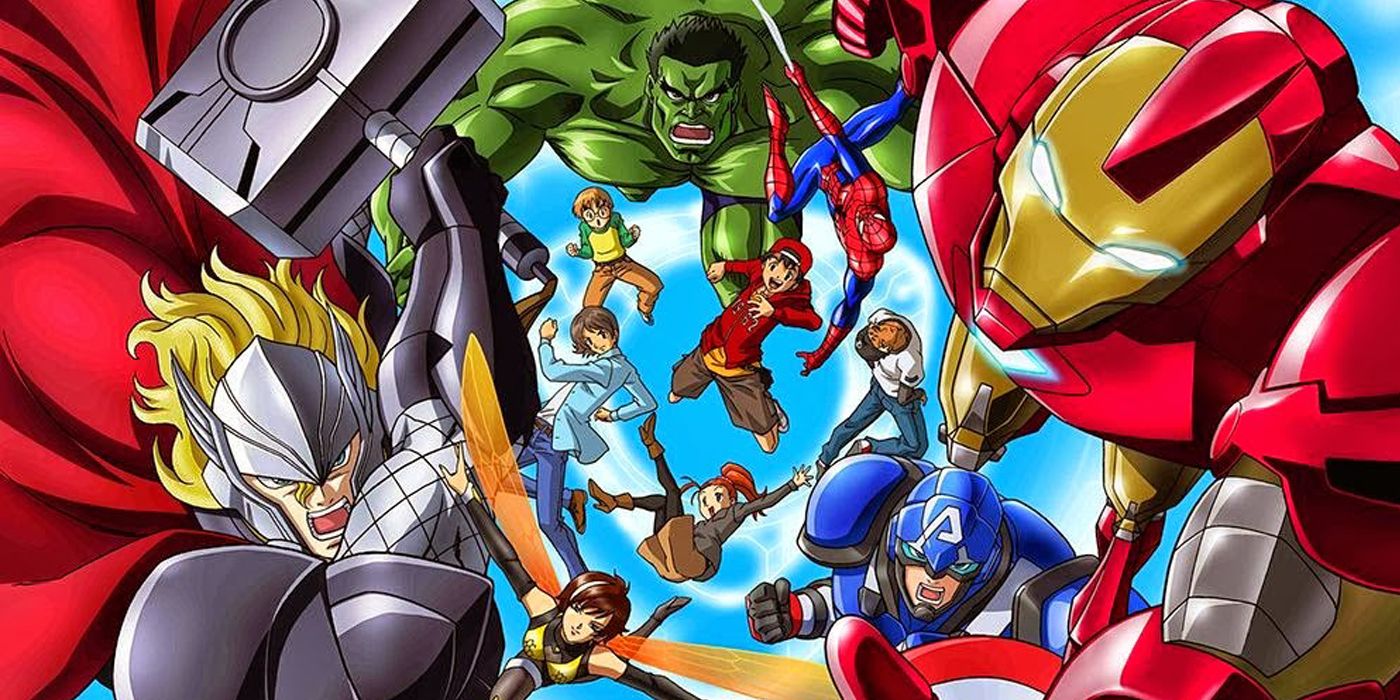Before Marvel Studios conquered Hollywood, cartoons based on Marvel Comics’ characters took over Saturday mornings. Since the premiere of 1966’s anthology show “The Marvel Super Heroes,” animated series have played an important role in introducing young new audiences to the House of Ideas. After “X-Men: The Animated Series” cemented that franchise as a multi-media juggernaut in the 1990s, its success even led to 2000’s film “X-Men” and the first wave of the ongoing super-hero movie boom.
RELATED: 10 Animated Superhero Shows Canceled Too Soon
While many of Marvel’s animated ventures have done commercially and critically well, some weren’t quite so successful. Now, CBR has put together a list of some of Marvel’s most forgotten cartoons. For this list, we’ll be taking a look back at cartoon series, animated films, and specials that were officially released or broadcast once anywhere in the world.
15 Spider-Man Unlimited
The long-running “Spider-Man: The Animated Series” of the 1990s was one of Marvel’s biggest animated successes. After that show ended in early 1998, Marvel and Fox were contractually obligated to come up with a new Spider-Man series. At the same time, Marvel and Sony had just signed a multi-media deal that would ultimately lead to the 2002 feature film “Spider-Man.” As a result, Marvel and Fox were forced to combine disparate elements together to create “Spider-Man Unlimited.”
The new series premiered in 1999 as part of Fox’s well-remembered Fox Kids programming block. It starred a familiar Spider-Man who had been transported to Counter-Earth, a strange world ruled by the High Evolutionary and his human-animal hybrid Beastials. The show lasted for 13 episodes before the series was canceled. Although ratings were decent, the show was eclipsed by a surging “Pokémon” and “Batman Beyond,” which had already discouraged producers from adapting “Spider-Man 2099” for this series. Despite the show’s brevity, this Spider-Man garnered a six-issue tie-in series by Marvel, and unofficially appeared as a corpse with a broken neck in 2014’s “Spider-Verse” crossover.
14 Silver Surfer
After some guest roles on the moderately successful “Fantastic Four” cartoon of the mid-1990s, the Silver Surfer made the leap to his own series in 1998. In the show, Norin Radd became the Silver Surfer, a Herald of Galactus in order to save his home-world Zenn-La from the Devourer of Worlds. After discovering Earth, he was struck by the planet’s similarities to his home and broke free of Galactus’ control. While the Fantastic Four were not featured, this show explored a slightly rearranged version of the cosmic Marvel Universe, featuring future “Guardians of the Galaxy” players like Gamora, Drax and Thanos.
“Silver Surfer” blended traditional cel animation with computer generated effects to create a distinct facsimile of Jack Kirby’s dynamic artwork. The Fox Kids show even garnered some acclaim for its highly-serialized, relatively complex stories. Despite robust ratings, only 13 episodes of the show aired. Although more were written, the second season never materialized due to complications from Marvel’s 1998 bankruptcy.
13 Dracula: Sovereign Of The Damned
Marvel’s “Tomb of Dracula” was one of the best comics of the 1970s. Even if it hadn’t introduced Blade the Vampire Hunter, the series would still be remembered as a landmark horror comic and one of the first finite stories in the Marvel Universe. After Toei Animation adapted that series as a 94-minute TV movie in 1980, that anime was called “Dracula: Sovereign of the Damned” on its 1983 American release.
In that brief runtime, Dracula went on a frantic series of adventures where he fell in love, fought Devil worshipers, befriended children, lost his powers, and became a mugger. While Blade didn’t appear in this densely-plotted anime, Quincy Haker, Rachel Van Helsing and Frank Drake firmly planted the roots of the Marvel title into this anime adaption. As knowledge of the film’s existence has grown in recent years, it’s become something of a minor cult classic. The anime was released on home video in the 1980s but has long since gone out of print.
12 Black Panther
In the early-2010s, Marvel experimented with directly adapting some well-received stories as motion comics, where comic panels are lightly animated and combined with dialogue and sound effects. “Black Panther” was arguably this effort’s most successful venture. This 2010 series was based on Reginald Hudlin and John Romita Jr.’s 2005 story “Who Is the Black Panther?” The six-episode show was a fairly straight adaption that made a few minor changes to the story where T’Challa avenged his father’s death, teamed up with the X-Men and defended Wakanda from a group of super-villains.
After a long development process, the series debuted on the Australian channel ABC3 in 2010 before airing in the United States on BET in November 2011. The animation studio Titmouse brought Romita’s art to life with a surprising fluidity that recalled the studio’s frequent Adult Swim work. With an all-star cast including Djimon Hounsou, Kerry Washington, and Alfre Woodard, the show was backed by an incredibly strong roster that elevated the material beyond a standard motion comic.
11 Spider-Man: The New Animated Series
In 2003, “Spider-Man: The New Animated Series” premiered on MTV after impacting the development of “Spider-Man Unlimited” a few years earlier. This 13-episode series was a byproduct of the Marvel/Sony deal that produced 2002’s “Spider-Man” movie and was loosely set in that film’s continuity. The series followed college student Peter Parker as he fought a mixture of new and classic Spider-Man villains while trying to live a normal life with his friends Mary Jane Watson, Harry Osborn and original character Indy Daimonji. Brian Michael Bendis served as a producer on the series, which coincided with the first peak of his long run on the “Ultimate Spider-Man” comic series.
Today, the series is perhaps best remembered for Neil Patrick Harris’ turn as Spider-Man. With its cel-shaded computer-generated animation and then-contemporary clothes, the show has a distinctly early-2000s feel. While Spider-Man has traditionally been Marvel’s most kid-friendly character, this show was geared towards MTV’s older audience. This Spider-Man couldn’t connect with that audience, however, so the show was canceled by MTV due to poor ratings after one season.
10 Fred And Barney Meet The Thing
Despite this show’s title, the two “Flintstones” characters never actually met Marvel’s Thing on this short-lived 1979 NBC cartoon. This hour-long program featured a half-hour “Fred and Barney” cartoon and two 11-minute segments starring a character loosely based on the Thing. In this series, the Thing was Benjy Grimm, a high school student who could transform into the Thing at will by putting his “Thing Rings” together and shouting “Thing Rings, do your thing!”
Neither the Fantastic Four nor any of their classic villains appeared on the show. Instead, Benj spent his time with his friends at Centerville High School fighting generic mad scientists and “Scooby-Doo”-esque monsters. While only 26 “Thing “segments were produced, they aired for just over a year on “Fred and Barney Meet the Thing” and its successor “Fred and Barney Meet the Shmoo.” While this show seems like an odd paring today, it was possible at the time because of a partnership between Marvel and Hanna-Barbera that saw both companies producing projects with the other’s characters.
9 Iron Man: Armored Adventures
While the idea of a teenage Iron Man might strike fear into the hearts of older fans who lived through the much-derided 1995 Avengers storyline “The Crossing,” it seemed like an idea worth revisiting in 2009. In the haze of success following 2008’s blockbuster “Iron Man,” “Iron Man: Armored Adventures” spent two seasons following teenage versions of Tony Stark, James Rhodes, and Pepper Potts. Taking another cue from the Marvel Cinematic Universe, the primary villains of the series were Obadiah Stane and Justin Hammer.
Since it wasn’t beholden to any pre-existing continuity, this Nicktoons series featured several Marvel heroes and villains in reworked takes on the classic Iron Man mythology. This show’s version of the Mandarin started out as Tony’s friend Gene Khan and ultimately became more of an anti-hero than an outright villain in one of that character’s few redemptive portrayals. While the show focused some on teenage Tony’s social life, both Rhodey and Pepper had assumed their traditional roles as War Machine and Rescue by the series’ end.
8 Marvel Anime
In 2010, Marvel teamed up with anime giant Madhouse to create four 12-episode series based on “Iron Man,” Wolverine,” “Blade,” and “X-Men.” Working from rough plots by Warren Ellis, these four loosely-connected series all featured Japanese settings and aired on the Japanese channel Animax before airing in the United States on G4 between 2011 and 2012. In “Iron Man,” Tony Stark traveled to Japan to battle the Zodiac. The X-Men’s show saw the mutants fight the U-Men and the Hellfire Club in Japan. “Blade” showed its lead fighting Deacon Frost and hunting vampires, while “Wolverine” featured its title character fighting his classic foe Shingen.
After these series concluded, Madhouse made two direct-to-video anime films. The first, “Iron Man: Rise of the Technovore,” saw Iron Man and Punisher team-up in 2013. The second film, “Avengers Confidential: Black Widow and Punisher” saw a handful of Marvel characters work to defeat the espionage organization Leviathan in 2014. Reviews for all of these series and films were mixed, but all four shows remain the most recent series dedicated to their respective main characters.
7 Spider-Woman
As CBR has reported, Marvel created Spider-Woman in 1977 to secure the trademark before Filmation could release a cartoon named “Spider-Woman.” While that cartoon was ultimately released as “Web-Woman,” Marvel’s own “Spider-Woman” premiered on ABC in 1979. While the cartoon starred Jessica Drew as Spider-Woman, the alienated spy of the comic was replaced by a magazine editor who gained powers after being injected with an experimental “spider-serum” as a child. This Spider-Woman lacked her comic counterpart’s super-strength, but made up for it with a precognitive spider-sense, “spider-telepathy” and the ability to fly.
Over the show’s 13 episodes, Jessica and her friends from “Justice Magazine” mainly dealt with original threats. Spider-Man, Kingpin, and Marvel’s Dracula all managed to make guest appearances during the show’s brief run. While this Spider-Woman only lasted for one season, Julia Carpenter, the second Spider-Woman, was a regular member of the team Force Works on the "Iron Man" cartoon of the 1990s.
6 Fantastic Four: World's Greatest Heroes
Despite some excellent comics, the past decade has been a little rough for the Fantastic Four. Between 2005’s “Fantastic Four” and 2007’s “Fantastic Four: Rise of the Silver Surfer,” the Four’s fourth animated series, “Fantastic Four: World’s Greatest Heroes” premiered in 2006. This show depicted a younger version of the Fantastic Four in a blend of traditional and computer-generated animation. During the show’s brief run, the Four fought many of their traditional adversaries and teamed up with several of their regular allies, including a brief stint where She-Hulk joined the team.
Although the cartoon only lasted one season, the show’s 26 episodes premiered out of order over four years in the United States. After debuting on Cartoon Network’s Toonami block in 2006, the series was pulled after eight episodes. Shortly before “Rise of the Silver Surfer” was released, the show returned to the network’s airwaves for another nine episodes. After a brief stint on Cartoon Network’s sister network, Boomerang, the series moved to Nicktoons in 2009, where the final nine episodes aired in 2010.
5 Monster Of Frankenstein
While “Dracula: Sovereign of the Damned” has a degree of cult status, its companion film, “Monster of Frankenstein” has been almost entirely forgotten. Loosely based on Marvel’s short-lived “Monster of Frankenstein” series, this 98-minute film was the second collaboration between Marvel and Toei. While the 1970s Marvel comic built on Mary Shelly’s original Frankenstein novel, the anime borrowed more from the monster’s other famous film appearances.
After its Japanese premiere in 1981, the anime aired on American cable in 1984. The shockingly gory movie offered a fairly familiar take on the story of Victor Frankenstein and his monster’s trail of death and destruction in the Victorian Age. With philosophically heavy themes and an ending involving a double suicide, this cartoon was firmly targeted towards an adult audience in an era when the concept of adults watching animated features not made for kids was still a novel idea in the West. While Marvel’s comic featured several original characters, none of them appeared in this anime, making this seem more like another take on the overall Frankenstein mythos than an adaptation of Marvel’s Frankenstein.
4 Pryde Of The X-Men
For a failed pilot, Marvel’s “Pryde of the X-Men” has a rich legacy. Originally airing in syndication in 1989, this pilot was meant to sell what would have been the X-Men’s first cartoon series. The show featured a fairly simple plot involving a team of X-Men including Dazzler and an Australian Wolverine taking on Magneto’s “Brotherhood of Mutant Terrorists.” While the cartoon’s plot and animation are typical of the era, they were a poor match for the more complex themes that define the X-Men.
Shortly before the long-running “X-Men: The Animated Series” premiered in 1992, the cast and plot of “Pryde of the X-Men” were used as the basis for Konami’s beloved X-Men arcade game. In that game, one-to-six players could take control of an X-Man in a side-scrolling ‘beat ‘em up’ that became a pinnacle of the genre. Just as the X-Men franchise soared to new heights in the 1990s, “Pryde of the X-Men” was released on home video with the now-laughable caption “The only X-Men animated adventure ever created!”
3 Solarman
By any metric, Solarman is a footnote in the history of comics. Originally created in 1979 by David Oliphant and Deborah Kalman, the Pendulum Press character was meant to teach children about alternative energy during the energy crisis of that era. After the success of “Captain Planet and the Planeteers” in the early 1990s, Stan Lee and Marvel-president Jim Galton approached Oliphant about redesigning and reviving the character for Marvel Comics. The resulting two-issue series starred Ben Tucker, a teenager who could become the super-powered Solarman by exposing his "Circlet of Power" to direct sunlight.
On October 24, 1992, the pilot for a proposed “Solarman” cartoon aired on the Fox Kids programming block. The show adapted Lee’s origin for the character, including the friendly alien scientist Sha-han and the impressively-named space tyrant Gormagga Kraal. Although Oliphant has claimed that studios were initially interested in a “Solarman” series, nothing ever came of the pilot. Earlier this year, Scout Comics revived the character in a new comic series by Joe Illidge and N. Steven Harris.
2 Avengers: United They Stand
After the success of “X-Men: The Animated Series” and “Spider-Man: The Animated Series,” Marvel launched “Avengers: United They Stand” on the Fox Kids block in 1999. With major characters like Iron Man, Captain America, and Thor tied up in other licensing deals, the core group of Avengers was the eclectic group of Hank Pym's Ant Man, Wasp, Hawkeye, Scarlet Witch, Falcon, Vision, Tigra and Wonder Man. Due to the popularity of “Batman Beyond,” the series took place at an undetermined point in the near future, where several team members had toy-friendly battle-armor.
This one-season show is generally regarded as one of Marvel’s least successful animated efforts. Although this kooky octet faced several classic Avengers villains and featured occasional cameos from the likes of Captain America and Iron Man, the low-rated series was canceled after 13 episodes. Like its sister program “Spider-Man Unlimited,” the cartoon garnered a short-lived comic series that was canceled shortly after the animated series.
1 Marvel Disk Wars: The Avengers
Although “Marvel Disk Wars: The Avengers” is the most recent entry on this list, it may also be the most unknown to a Western audience. Developed in conjunction with Marvel’s old “Dracula: Sovereign of the Damned” partners, Toei Animation, this anime started in 2014 on the TXN Network as an attempt to localize Marvel’s heroes for the Japanese market. The show begins with Iron Man presenting his new DISK system as a way to safely detain super-villains in a Poké Ball-esque technology. Thanks to Loki, several heroes were captured inside DISKs that could only be opened by kids using a special “biocode.”
Although the series focused on Avengers characters, it served as a crash course to the Marvel Universe that featured characters from Spider-Man, the Guardians of the Galaxy and the X-Men. In addition to garnering a Nintendo 3DS game, this series was the basis for “Bachicombat” - a POG-like collectible game by Bandai. While the 51-episode series was dubbed into English for the Malaysian market, there are tragically no current plans for an American release.
Stay tuned to CBR for all the latest on Marvel's animated and live-action shows. And be sure to tell us what your favorite Marvel cartoon is in the comments below!

